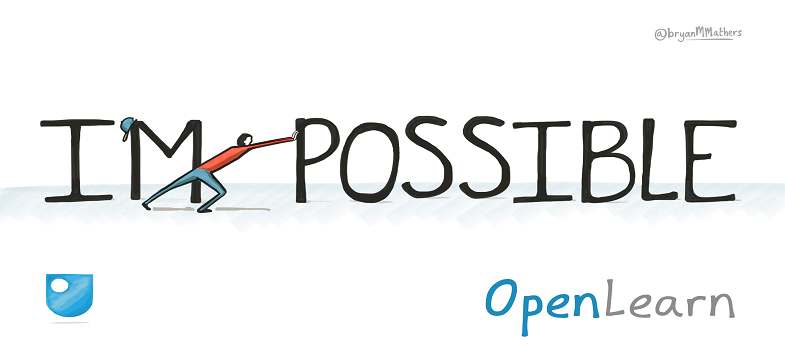2.2 What do we mean by an open online course?
At The Open University (a distance learning provider), formal courses are delivered to students in a variety of ways, often combining approaches to learning and teaching that have historically been tailored to optimise the pedagogical uses of new technology or our understanding of peer review and assessment, for example. For many courses, students are supported by a subject-specialist tutor, hence, these formal courses are taught using a variety of media – video, audio, printed materials, website – underpinned by real human intervention in many cases.
The University also delivers open online courses via OpenLearn [Tip: hold Ctrl and click a link to open it in a new tab. (Hide tip)] which are openly licensed and available at all times to millions of people over the period of a year (also known as open educational resources – OER). These courses often contain elements of the same subject matter taught to OU students via the formal curriculum, modified for mass appeal, but with no tutor support. Hence, when delivering an online course in this way, it is appropriate to assume that the audience can be anyone, anywhere, but that the course itself must be self-sufficient in terms of not requiring an educator who actively guides learners. This is an entirely legitimate approach to online course design. It is also less expensive if you wish your course to exist in perpetuity, available to all, without the need for the overhead of administration. (Note though, that this course details all approaches of tutor support as possibilities beyond a purely un-tutored open course.)
In the context of this course, we are therefore defining ‘open’ as meaning to be available freely and (if you choose) perpetually open. ‘Open’, in the context of free learning provision, can also refer to something being openly licensed. (Licensing is discussed in Session 4.)
2.1 The early stages of planning

